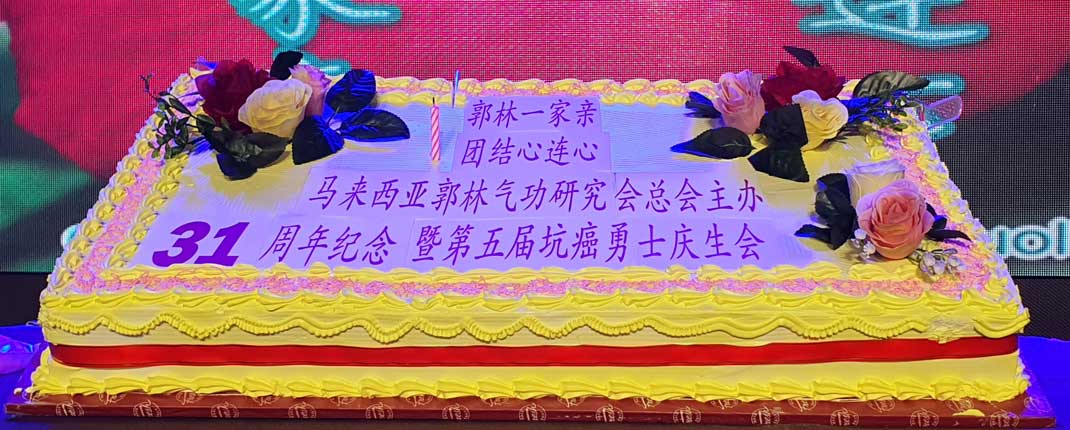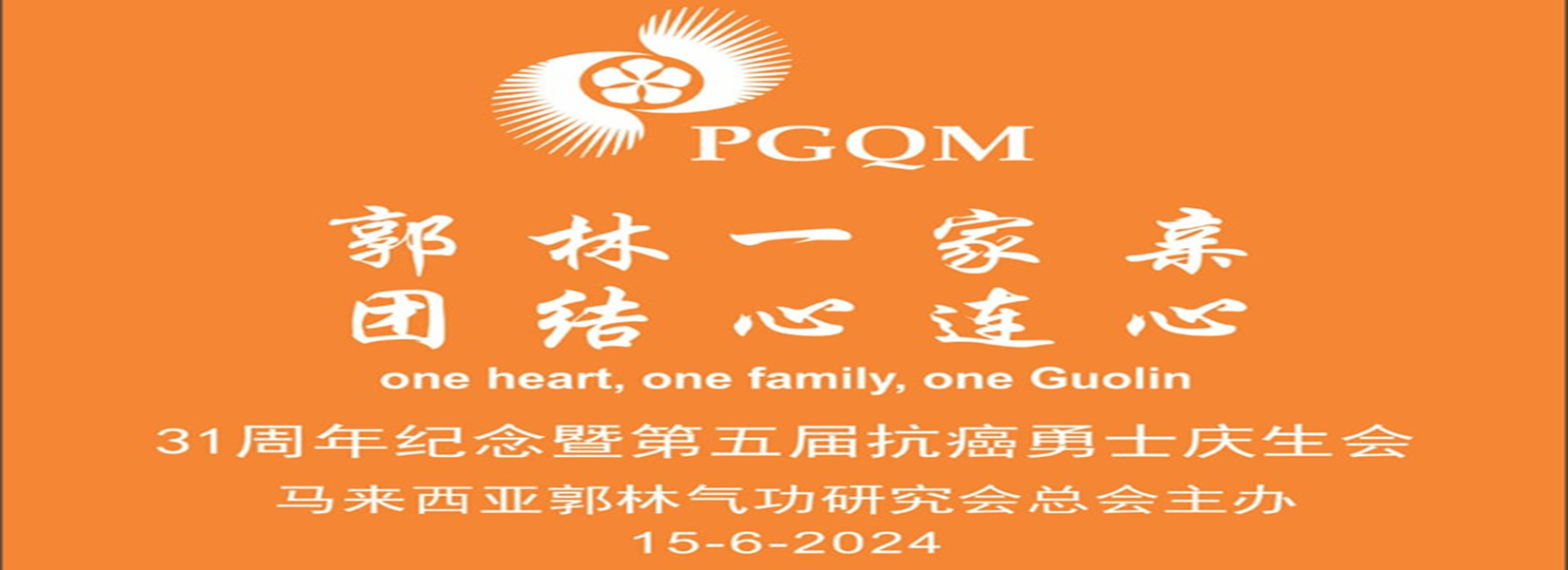Preparatory Exercise (Yu Bei Gong)
PREPARATORY EXERCISE (YU BEI GONG)
This is the starting mode of practice performed at the beginning of every session in order to relax our mind and body, open energy channels and stimulate circulation of energy and blood etc.
The preparatory exercise consists of three stages:
1. Relaxed Standing (song jing zhan li)
2. Three Cycles Breathing — Middle Dantian (zhong dantian san hu xi)
3. Three Rounds of Opening & Closing — Middle Dantian (zhong dantian san kai he)
RELAXED STANDING (SONG JING ZHAN LI)
1. Parallel Feet Standing (Liang jiao ping kai)
Stand with the feet a shoulder width apart and parallel to each other
2. Knee (Liang Qi Wei Wan)
The joint of the knees should be relaxed and slightly bent without the caps exceeding toes. Weight should be evenly distributed between both feet. (FIG. 1-1).jpg)
3. Hips & Waist (song yao song kua)
The hips and waist should be relaxed and withdraw the buttocks as if stopping a bowel movement. This is to ensure free flow of blood & energy between the feet & hips.
4. Lower Abdomen (siao fu nei shou)
Hold the lower abdomen slightly in without forcing it. This helps to relax the hips and waist, and keep lower spine straight and evenly aligned with the upper spine and neck.
5. Chest & Spine (han xiong ba bei)
Keep the chest as loose as possible by slightly rounding the shoulder and relax the thoracic cavity and also keep the spine relaxed & straight without bending and stretch the vertebrae upwards by raising the back of the neck up. Tension in chest and bent back inhibits diaphramic breathing and block circulation of energy.
6. Shoulder & Elbows (chui jian zhui zhou)
Elbows & shoulder should be relaxed by letting the shoulder droop, the elbows lowered, and slightly bent.
7. Armpit & Wrist (Shi Yi Sung Wan)
All joints of the wrists, arms and hands hanging loosely down the side with armpit exposed. The fingers should be slightly closed without force.
Patients with high blood pressure, high cholesterol and diabetes should place their hands with fingers pointing downwards (FIG. 1.2)
Those with hypotension, hypoglycemia (low blood sugar), and anemia (lack of blood) should place their hands in front of lower abdomen with palms facing upwards. (FIG. 1-3)
.jpg)
All others should place their hands at the sides of the hips with fingers of both hands bending like half fist. (FIG. 1-1)
8.Tongue (she di shang e)
Touch the edge of upper hard palate with the tip of tongue without force. This allows bridge for the Governing channel, that runs up the spine from huiyin point (a point between anus and reproduction organ) passing through baihui point (top of the head) to the edge of the upper palate to meet the Conception Channel, that runs up from huiyin point through the center line in the front body to the underside of the tongue. It also stimulates secretion of saliva from the glands beneath the tongue. This saliva should be swallowed from time to time as it collects in the mouth by three gulps and imagine it reaching the middle dantian.
9. Eyes (Zheran Bi Mu)
Look straight ahead and then close the eyes gently without changing the direction of the eyes.
10. Head (baihui chao tian)
Keep the head up right as if it is suspended by a string attached to the crown. Tuck the chin slightly inwards the throat. Do not tilt the head forwards or backwards, right or left. The neck muscles should not be tense.
Calm & Relax (xin an shen ning)
When the mind is calm and relaxed and excludes of all distracting thoughts, it helps all parts of the body and the limbs to be kept natural, neither tense nor slack and allows smooth circulation of blood and energy to all parts of the body. At the beginning, Guolin Qigong applies mental counting numbers 60-120 i.e. 1-2 minutes to free the mind from various distracting thoughts in order to achieve a relaxed and calm mind.
THREE CYCLES OF BREATHING — MIDDLE DANTIAN (ZHONG DANTIAN SAN HU XI)
This is an exercise of respiration regulation. Breathing in a prescribed manner three times in succession will set up a condition reflex in the respiration nerve Centre, helping to bring about gradual inhibition of the cerebrum so that the brain can get rest and relaxed. So, the three cycles of breathing should be done seriously at all stages.
Starting Position
Continue from stand in relaxed standing position.
Method A — For General and Chronic Disease Sufferers
1 . Move both hands slowly and gently from the sides to the front of abdomen with one hand over the other in the following fashion:
Place the hukuo (the part of the hand between forefinger and the thumb) of the left hand (right hand for women) at the navel, with the center of the palm inner (laogong) pressing on the middle dantian (zhong dantian).
2. Then place the right palm (left palm for women) on top of the back of the left hand so that the inner laogong point of the right hand is on top of outer laogong point of the left hand. (FIG. 1-4)

3. When both hands are in position, start to do the breathing exercise, first exhaling (hu) from the mouth, then inhaling (xi) through the nose and follow by a natural breathing. Breathe gently and slowly, steadily and deeply never try to take a deep breath with undue force. Keep your waist, hips, knees and all joints of the body relaxed. One exhalation followed by an inhalation and a natural breathing is called one cycle of breathing. Repeat three times or three cycles.
Method B — For Cancer Patients
1. The process of exhalation and inhalation is different for cancer patients. Cancer patients would be required to start with inhale (xi-) through nose and then exhale (hu-) through mouth and follow by a natural breathing (ping). Repeat three times.
2. Cancers at different parts of the body call for different positions of both hands.
A) In general, those with cancer at above shanzhong point (between nipples) such as head, nose, mouth and chest etc. should position both hands at zhong dantian as per Method A (FIG. 1-4).
B) Patients with cancer found between shanzhong point and zhong dantian such as liver, stomach, gallbladder and pancreas etc,should move both hands from the sides to the front of zhong dantian and after contacting both thumbs move both hands by following the waist line from front to back and position the outer laogongs (back of hands) against shenshu points with the tips of thumb and middle finger contacted (FIG. 1-5).
Cancer at the back of abdomen such as kidney problems should position their outer laogongs on both hands on the side of waist with the tips of the thumb and middle finger contacted (FIG. 1-6).
THREE ROUNDS OF OPENING and CLOSING — MIDDLE DANTIAN (ZHONG DANTIAN SAN KAI HE)
The three rounds of opening and closing — zhong dantian is to open the energizer of the vital energy. This energizer (zhong dantian) is situated at a point 40 mm below the navel and inwards by similar distance. When this point is energized, the inner energy can flow through the energy channels, balance Yin & Yang, valuable energy can be received and toxic energy can be released from the body thus achieving the therapeutic purpose. Therefore, these three rounds of opening and closing - zhong dantian must be practised during preparatory, main exercise and concluding exercises or at any time during change of forms.
Starting Position
Continue from three cycles of breathing.
General or Balanced Method
1. After the last cycle of breathing, slowly place/move hands to the front of zhong dantian with both inner laogongs facing down and about 150 mm away from body. Fingers pointing forward. Breathe normally.
2. Then, turn the back of both hands facing each other (FIG. 1-7) and slowly move hands away from zhong dantian horizontally towards the sides. This is called "opening (kai)".

3. When the hands have reached shoulder width (FIG. 1-8), turn them so that the inner laogongs face each other and slowly move them together towards the zhong dantian (FIG. 1-9). This is called "closing (he)".
4. When the hands meet (FIG. 1-10), repeat two more times.
Enrich, Release, Raise and Lowering Methods
1. When the hands move away with palms facing the ground is called "release" method, hands move away with palms facing upwards is called "raise" method and hands move away with palms facing body and fingers pointing the ground is called "lowering" method. Hands move away with palms facing each other or zhong dantian is called "Enrich" method.
2. Hypotension or hypo-indicated patients practise with palms facing upwards can quickly achieve therapeutic results (FIG. 1-11,12,13). When they have recovered, they should slowly change to "balance" method, i.e. let the palms slowly change and incline to face each other or zhong dantian in order to maintain therapeutic results.

3. Cancer patients must practise with the palms facing the ground and the hands must be placed slightly away from the body (approximately 330 mm) with fingers slightly inclined downward (FIG. 1-14,15,16,17).
4. For Hypertension or hyper-indicated patients, their palms should face the body and fingers pointing the ground (FIG. 1-18,19,20).

Adopted from The Art of Qigong, produced by Persatuan Guolin Qigong Malaysia









 Whatsapp
Whatsapp